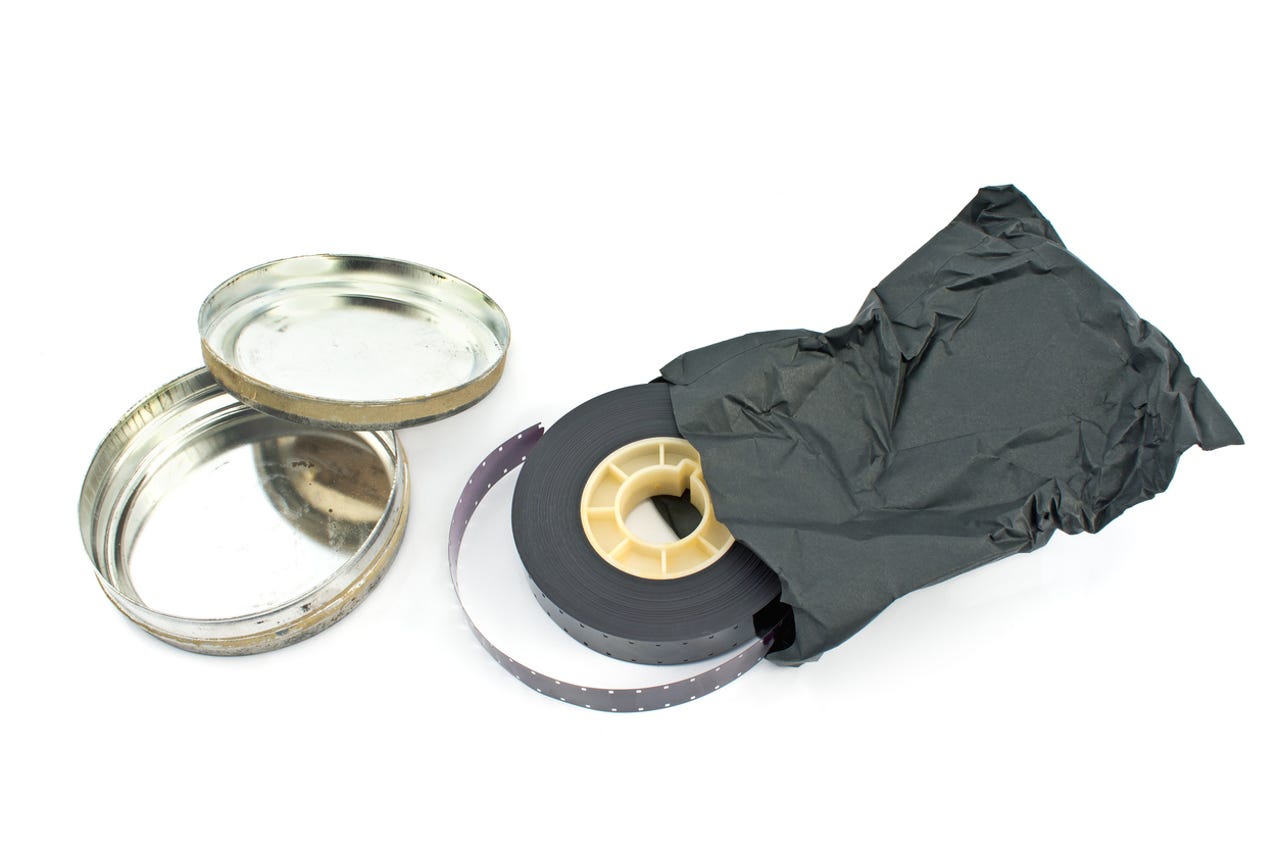Data archiving for survivalists: Ready for that solar flare?


Electromagnetic pulses, or EMPs, can be caused by an atomic bomb exploding in the atmosphere. Or by a solar flare which can fry electrical systems as well.
Either can fry disk drives or SSDs, our most common digital media today. According to a physicist referenced by NASA, earth has a 12 percent chance of being hit by a major solar flare in the next 10 years. The biggest solar flare hit earth in 1859, causing telegraph lines to spark, setting some telegraph offices on fire. Will SSDs survive that?
- How to select a data backup system (TechRepublic)
A similar-sized flare just missed the earth back in 2012. So, yeah, a powerful solar flare could fry your drives.
Protection
The obvious answer is to put critical data on EMP-resistant media. Most options are limited to gigabytes of capacity though, so even after compression, it would require dozens of DVDs - and maybe 5-10 Blu-ray discs, to store a couple of hundred GB of data.
You can use M-discs, which many optical disc writers support, that offer a 1,000 year life. Writeable Blu-ray disks have shorter lives, but still respectable 50-100 year terms.
That assumes your data is already digital. What if you have paper? Or you don't want to count on fancy electrical devices being immediately available after a serious EMP event?
That's where microfilm makes sense for deep archive storage. Modern polyester-based microfilm has a 500 year spec. Which may sound optimistic, but remember, we have century old photographs, using century old technology, that are well preserved today.
Film may be analog technology, but it's proven.
How much paranoia can you afford?
Survivalists and preppers worry about EMP. This is one case where you should follow their lead.
Android, iOS mobile apps to download before disaster strikes
I keep several copies on different media of my vital business and personal data. I run a nightly local backup of my desktop system, as well as backing it up to the cloud. That may not survive an unforecasted solar flare - we typically have a few days warning - but I like my chances.
Like much else in storage, scale matters. If I had 1,000,000 pages of must-save documents, I would definitely look at microfilm. For 1,000, I'd scan them and burn to Blu-ray.
The Storage Bits take
If the 1859 event were repeated today, I think that we'd be looking at a total system collapse, with massive knowledge loss, widespread electrical grid destruction (millions of blown transformers), and obliteration of financial and other vital records. Our digital civilization is nowhere near as robust as it should be.
As long as we know how to fabricate magnifying lenses, microfilm will be readable. Microfilm isn't cool, but it is much easier to read by candlelight than DVDs.
Courteous comments welcome, of course. Some preppers recommend wrapping a disk drive in three layers of heavy aluminum foil. It might even work.
RELATED AND PREVIOUS COVERAGE
Backup best practices: A NAS is not enough
Losing your data can suck. If you have the right backup strategy, though, recovery of lost data can be nearly painless. You do have the right backup strategy, right?
Cloud backup: What does 11 9s durability really mean?
Cloud vendors need trust. So they claim 99.999999999 percent availability. Huh? Why not 15 or 17 9s? Because after nine 9s, it really doesn't matter. Here's why.
Cloud sync vs backup: Which disaster recovery works better for business continuity?
David Gewirtz shares a real-world example of how a cloud-based disaster recovery strategy can help sustain business continuity, even for small businesses and families.